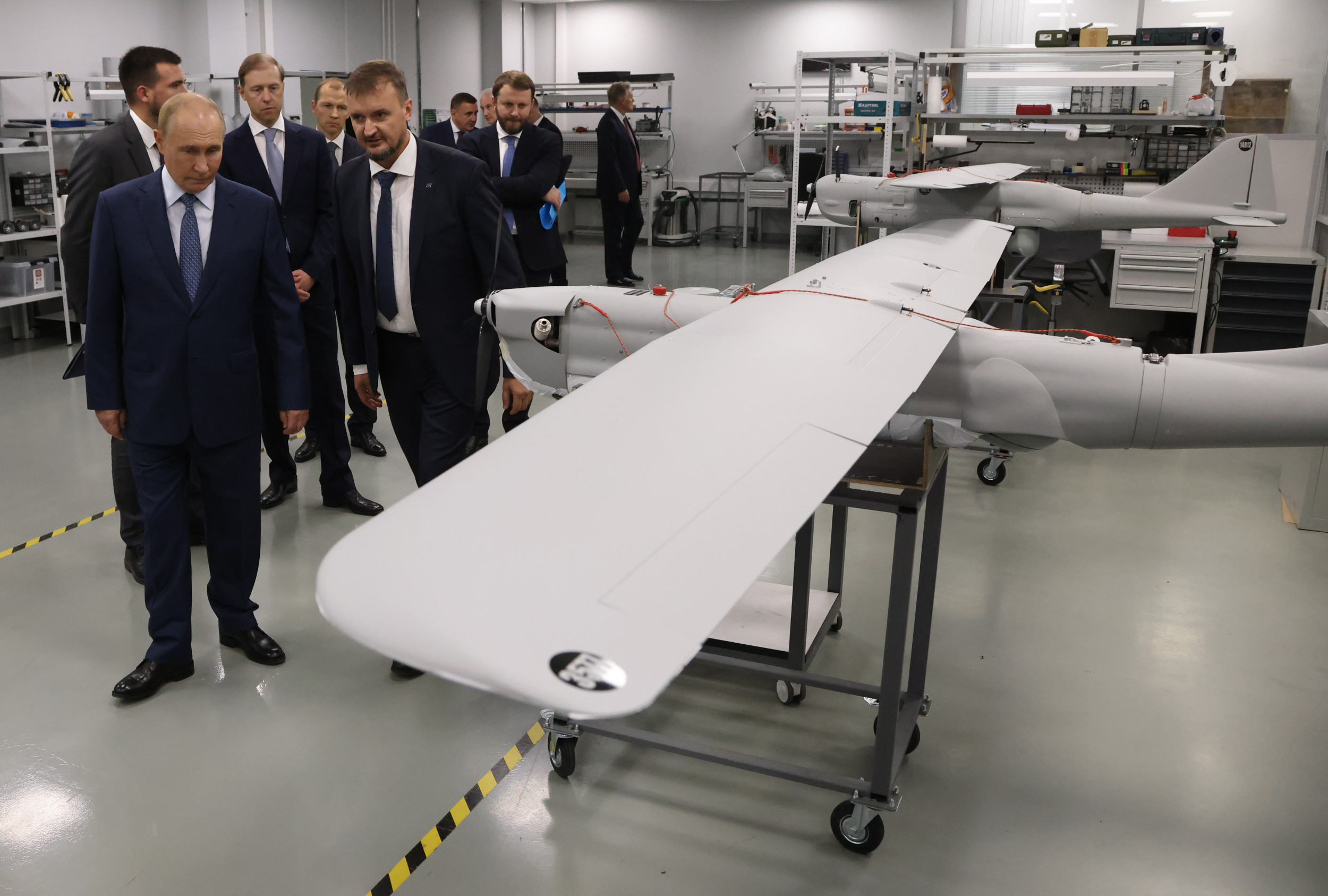Protecting Aussie Defence Force: Wearable Tech Monitors Soldier Health and Safety in the Field

The Australian Defence Force (ADF) operates in some of the most challenging environments imaginable. From scorching desert heat to dense jungle terrain, our warfighters face a constant barrage of physical and cognitive stressors. Ensuring their health and safety isn't just a priority – it's essential for mission success. That's why the ADF is increasingly turning to cutting-edge wearable hazard monitoring technology to deliver on commitments to our personnel and enhance operational effectiveness.
Beyond the Battlefield: A Holistic Approach to Soldier Wellbeing
Traditionally, monitoring soldier wellbeing relied on periodic health checks and subjective self-reporting. However, these methods are reactive and often fail to capture the subtle, cumulative effects of prolonged exposure to harsh conditions. Wearable technology offers a proactive, real-time solution. These devices, often integrated into standard ADF kit, continuously collect data on a range of vital signs, including heart rate, body temperature, hydration levels, sleep patterns, and even cognitive performance.
What Does the Technology Actually Do?
The sophistication of these wearable systems is remarkable. They’re not just fitness trackers; they’re advanced sensors designed to detect and respond to a wide range of hazards:
- Environmental Monitoring: Devices can track temperature, humidity, UV exposure, and air quality, alerting soldiers to potentially dangerous conditions.
- Physiological Stress Detection: Algorithms analyze heart rate variability and other metrics to identify signs of fatigue, heat stress, or dehydration – allowing for early intervention.
- Cognitive Performance Tracking: Some systems incorporate cognitive tests and response time measurements to monitor alertness and decision-making abilities, crucial in high-pressure situations.
- Injury Prevention: Data on movement patterns and biomechanics can help identify potential risks for musculoskeletal injuries, allowing for adjustments to training or equipment.
Real-World Impact: Protecting ADF Personnel
The implementation of wearable hazard monitoring is already making a tangible difference. For example, during exercises in extreme heat, the technology can automatically alert commanders to soldiers exhibiting signs of heat exhaustion, enabling timely medical assistance and preventing serious health consequences. Similarly, monitoring sleep patterns can help optimize rest schedules and improve cognitive performance during extended operations.
Challenges and Future Directions
While the potential is immense, there are challenges to overcome. Data security and privacy are paramount concerns, and robust protocols are needed to protect sensitive information. Furthermore, the integration of wearable data with existing ADF systems requires careful planning and coordination. Looking ahead, we can expect to see even more sophisticated wearable technologies emerge, incorporating advanced sensors, artificial intelligence, and personalized insights to further enhance soldier wellbeing and operational readiness.
A Commitment to Our People
Investing in wearable hazard monitoring technology is a clear demonstration of the ADF's commitment to protecting our personnel and ensuring they have the tools they need to succeed. By leveraging the power of data and innovation, we can create a safer, more resilient, and more effective fighting force. This isn't just about technology; it's about valuing the lives and wellbeing of the men and women who serve our nation.






